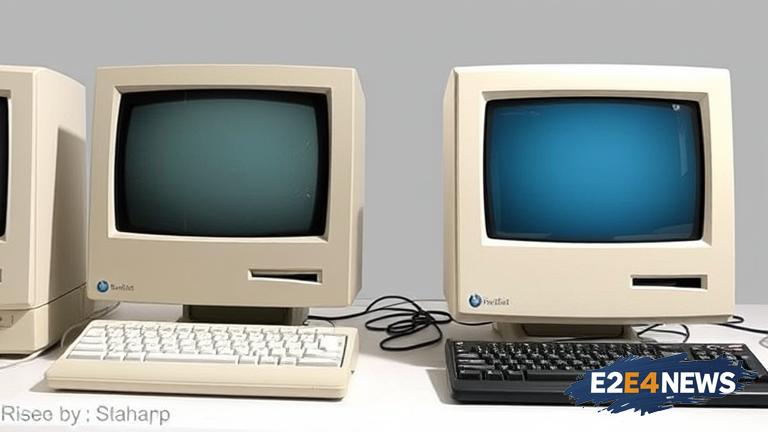The concept of clone Macs emerged in the mid-1990s, when Apple decided to license its operating system to other manufacturers. This move was seen as a way to increase the market share of Macs and provide users with more options. However, it ultimately led to a decline in Apple’s sales and a loss of control over the Mac brand. One of the first companies to produce clone Macs was Power Computing, which released its PowerBase model in 1995. Other companies, such as Umax and Motorola, soon followed suit. The clone Macs were often cheaper and more powerful than Apple’s own machines, which made them attractive to budget-conscious consumers. Despite their popularity, the clone Macs were not without their problems. Many users reported issues with compatibility and reliability, which damaged the reputation of the Mac brand as a whole. Apple’s decision to license its operating system was also seen as a sign of weakness, and the company’s stock price suffered as a result. In 1997, Apple acquired NeXT, a company co-founded by Steve Jobs, and Jobs returned to the company he had founded. One of Jobs’ first moves was to terminate the licensing agreements with the clone manufacturers, effectively ending the production of clone Macs. This decision was seen as a way to regain control over the Mac brand and improve the overall quality of Mac products. The demise of clone Macs marked the beginning of a new era for Apple, one in which the company would focus on producing high-quality, innovative products. Today, Apple is one of the most successful and valuable companies in the world, and its products are known for their ease of use, sleek design, and high performance. The story of clone Macs serves as a reminder of the importance of maintaining control over one’s brand and the dangers of sacrificing quality for the sake of market share. In the years since the demise of clone Macs, Apple has continued to innovate and push the boundaries of what is possible with technology. The company has released a string of groundbreaking products, including the iPod, iPhone, and iPad, each of which has revolutionized its respective market. Apple’s commitment to quality and innovation has earned it a loyal customer base, and the company continues to be a major player in the tech industry. The legacy of clone Macs can still be seen today, as many of the companies that produced them have gone on to become major players in the tech industry. For example, Motorola, which produced clone Macs in the 1990s, is now a leading manufacturer of smartphones and other mobile devices. The story of clone Macs is a fascinating one, full of twists and turns, and it serves as a reminder of the importance of staying true to one’s vision and values. In conclusion, the rise and fall of clone Macs is a cautionary tale about the dangers of sacrificing quality for the sake of market share. It is also a testament to the enduring power of innovation and the importance of maintaining control over one’s brand. As the tech industry continues to evolve, the story of clone Macs will remain an important reminder of the lessons of the past and the importance of staying focused on the future. The impact of clone Macs on the tech industry as a whole was significant, as it marked a shift towards more open and competitive markets. However, it also highlighted the importance of quality and innovation in the production of technology products. In the end, the demise of clone Macs was a necessary step towards the creation of the Apple we know today, a company that is synonymous with quality, innovation, and style. The story of clone Macs is a complex one, full of nuances and contradictions, and it continues to be studied by business scholars and tech enthusiasts around the world. It is a reminder that even the most successful companies can make mistakes, but it is how they learn from those mistakes that truly matters. The rise and fall of clone Macs will always be remembered as a pivotal moment in the history of Apple and the tech industry as a whole.





